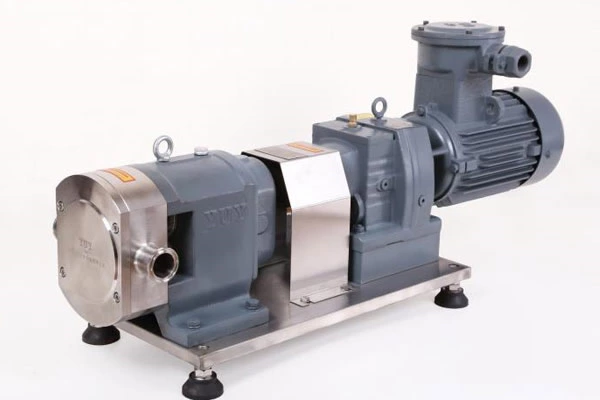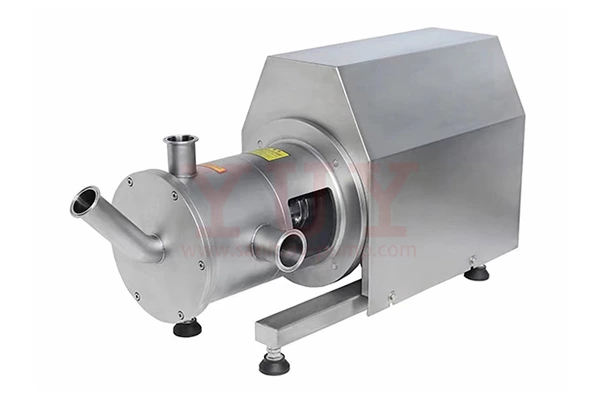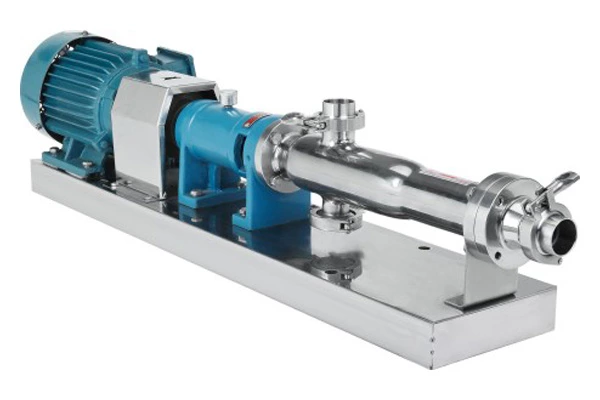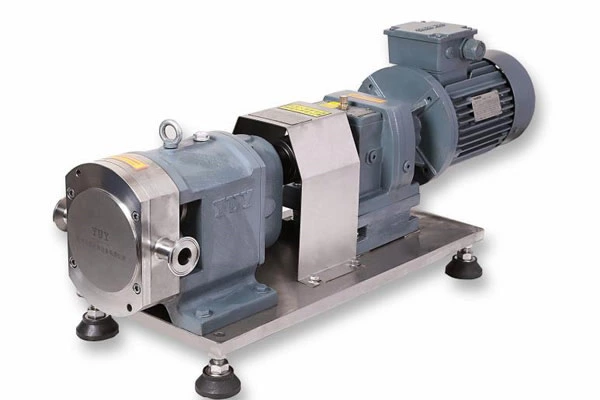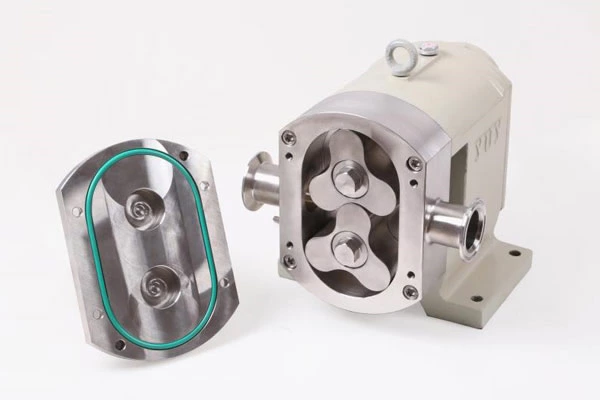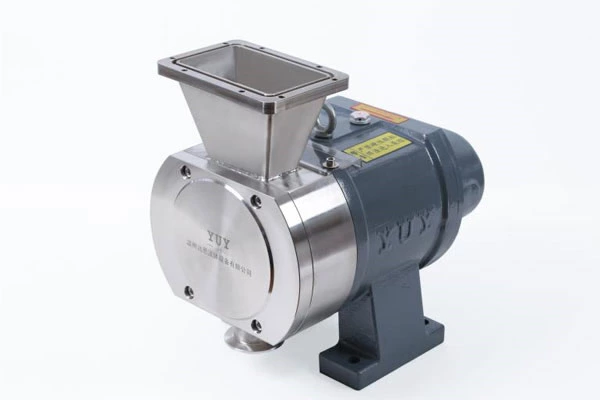The Relationship Between The Lift, Structure And Operation Of Sanitary Rotary Cam Pumps
Sanitary Rotary Lobe Pump Lift has always been the focus of everyone's attention, and it is also one of the bases for judging good or bad. In addition, there are structural operations, etc. In fact, these aspects are all linked together, so simply put, many customers usually think that the lower the lift of the sanitary rotary cam pump, the smaller the motor load. Under the misleading of this misunderstanding, when purchasing a water pump, the lift of the water pump is often selected to be very high. In fact, for a sewage pump, when the model of the sewage pump is determined, the size of its power consumption is proportional to the actual flow of the sewage pump. The flow of the sewage pump will decrease with the increase of the lift, so the higher the lift, the smaller the flow, and the smaller the power consumption. On the contrary, the lower the lift, the greater the flow, and the greater the power consumption. Therefore, in order to prevent the motor from overloading, it is generally required that the actual pumping lift of the water pump shall not be less than 60% of the rated lift. Therefore, when the high lift is used for pumping water with too low a lift, the motor is prone to overload and heat, and in severe cases, the motor may be burned. If it is used in an emergency, a gate valve for adjusting the water output must be installed on the outlet pipe (or the outlet should be blocked with wood or other objects) to reduce the flow rate and prevent the motor from overloading. Pay attention to the temperature rise of the motor. If the motor is found to be overheated, the outlet flow rate should be reduced or shut down in time. This is also easy to cause misunderstandings. Some operators believe that blocking the outlet and forcibly reducing the flow rate will increase the motor load. In fact, it is just the opposite. The outlet pipe of the regular high-power sanitary rotary cam pump irrigation and drainage unit is equipped with a gate valve. In order to reduce the motor load when the unit starts, the gate valve should be closed first, and then the gate valve should be gradually opened after the motor starts. This is the reason.
The sanitary rotary cam pump adopts a pump body structure with the same shaft return liquid. The pump body consists of a suction chamber, a liquid storage chamber, a vortex chamber, a liquid return hole, a gas-liquid separation chamber, etc. The pump bearing adopts a single-row radial ball bearing. A cooling chamber is provided at the bottom of the bearing body of some pumps. There are sealing rings in the high and low pressure intervals inside the pump. Mechanical seals are used at the shaft end.
The sanitary rotary cam pump body is provided with a liquid storage chamber, which is connected to the pump working chamber through the upper reflux hole and the lower circulation hole, forming an axial flow-adding external mixing system of the pump. After the pump stops working, a certain volume of liquid is stored in the pump cavity. When the pump starts, the liquid stored in the relevant authorities is thrown upward with air under the action of the impeller, and the liquid flows back to the working chamber through the grid of the gas-liquid separation tube. The gas is discharged from the pump, so that a certain vacuum degree is formed in the pump to achieve the effect of self-priming. If the temperature of the liquid in the sanitary rotary cam pump is too high and it causes difficulty in self-priming, it can be temporarily stopped, and the liquid in the discharge pipeline can be used to flow back into the pump or the liquid can be directly added to the pump at the liquid filling port on the pump body to reduce the temperature of the liquid in the pump, and then it can be started. If the pump has strong vibration and noise during operation, it may be caused by cavitation of the pump. There are two reasons for cavitation: one is that the flow rate of the inlet pipe is too large, and the other is that the suction range is too high. When the flow rate is too high, the outlet control valve can be adjusted to increase the reading of the pressure gauge. If there is a blockage in the inlet pipeline, it should be removed in time; when the suction range is too high, the installation height of the pump can be appropriately lowered.
This series of sanitary rotary cam pumps uses high-quality calcium butter and No. 10 engine oil for lubrication according to the working conditions of the pump. If the pump is lubricated with butter, butter should be added to the bearing box regularly. If the pump is lubricated with engine oil, if the oil level is insufficient, add it. Check whether the storage liquid in the pump casing is higher than the upper edge of the impeller. If it is insufficient, the storage liquid can be directly injected into the pump body from the filling port on the pump casing. It should not be started when the liquid is insufficient, otherwise the sanitary rotary cam pump cannot work normally and the mechanical seal is easily damaged.
